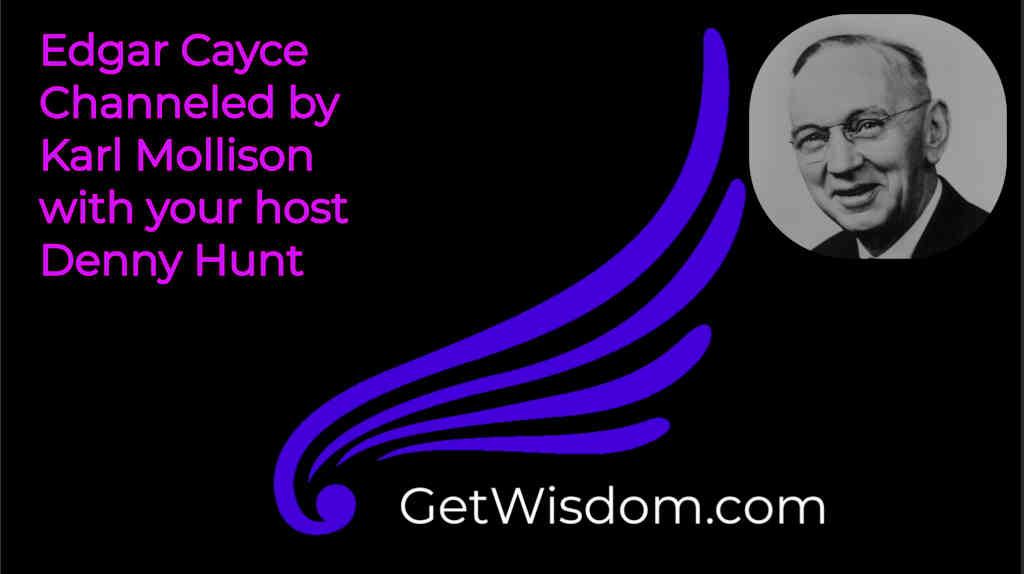
Grace Kelly Channeled by Karl Mollison 11Sept2019
From https://en.wikipedia.org/wiki/Grace_Kelly and https://aanirfan.blogspot.com/2014/05/grace-kelly-sex-cult-and-cia.html
Grace Kelly November 12, 1929 – September 14, 1982 was an American film actress who became Princess of Monaco after marrying Prince Rainier III in April 1956.
After embarking on an acting career in 1950, when she was 20, Kelly appeared in New York City theatrical productions and more than 40 episodes of live drama productions broadcast during the early 1950s Golden Age of Television.
In October 1953, she gained stardom from her performance in director John Ford’s film Mogambo starring Clark Gable and Ava Gardner, which won her a Golden Globe Award and an Academy Award nomination in 1954.
Subsequently, she had leading roles in five films, including The Country Girl (1954) with Bing Crosby, for which her deglamorized performance earned her an Academy Award for Best Actress.[1] Other films include High Noon (1952), with Gary Cooper; High Society (1956), with Bing Crosby and Frank Sinatra; and three Alfred Hitchcock films: Dial M for Murder (1954), with Ray Milland; Rear Window (1954), with James Stewart; and, To Catch a Thief (1955), with Cary Grant.
Kelly retired from acting at the age of 26 to marry Rainier, and began her duties as Princess of Monaco. They had three children: Princess Caroline, Prince Albert, and Princess Stéphanie. Kelly retained her link to America by her dual U.S. and Monégasque citizenship.
There has been testimony and research that alleges her involvement with the Order of the Solar Temple. The cult was led by Luc Jouret and Joseph di Mambro who claimed “he was in touch with 33 spiritual masters who watched over the world from the Himalayas.” He “told his followers that they were reincarnated from biblical figures or saints.
Grace allegedly was the central figure in an initiation ritual in France months prior to a tragic automobile accident that ended her life.
Princess Grace died at Monaco Hospital on September 14, 1982, succumbing to injuries sustained in a traffic collision the day before. After her death the French physicians treating her reported that a CAT scan had revealed she had suffered two brain hemorrhages. The first occurred prior to the crash, and is believed to have been the inciting incident that led to the crash. The second, suffered while in hospital, is believed to have been the result of physical trauma sustained in the crash.
At the time of her death, she was 52 years old.
She is listed 13th among the American Film Institute’s 25 Greatest Female Stars of Classical Hollywood Cinema.









